Science fairs are a great way for 7th graders to explore their curiosity and dive into hands-on learning. At this grade level, students can handle more complex projects, so experiments that incorporate problem-solving, data collection, and real-world applications are ideal. Here are several exciting science fair ideas for 7th graders, each with engaging topics and varying difficulty levels:
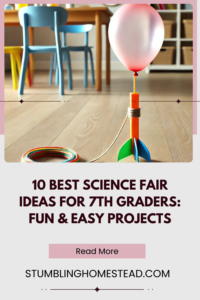
1. Homemade Solar Oven
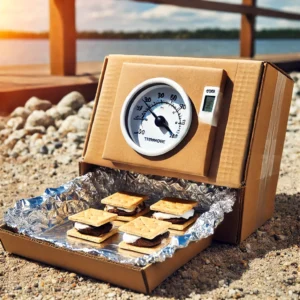
- Objective: Build a solar oven and test its effectiveness.
- Materials: Cardboard boxes, aluminum foil, plastic wrap, black construction paper, and a thermometer.
- Procedure: Construct the oven and test it by cooking different foods (e.g., s’mores, vegetables) on a sunny day. Measure how long each takes to cook.
- Focus: Energy from the sun, renewable resources, and heat absorption.
2. Growing Crystals
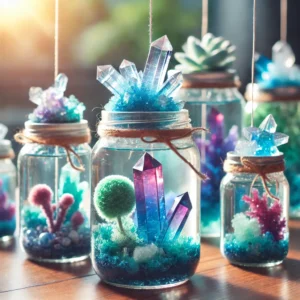
- Objective: Experiment with different solutions to grow the largest or fastest crystals.
- Materials: Salt, sugar, borax, water, jars, and string.
- Procedure: Dissolve different substances in hot water, hang a string in each jar, and observe how crystals grow over time.
- Focus: Chemistry of solutions, evaporation, and crystallization processes.
3. Which Fruit Has the Most Vitamin C?
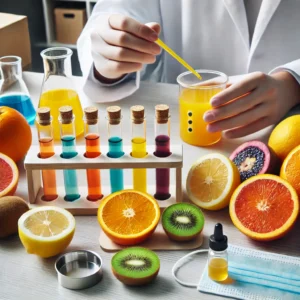
- Objective: Determine which fruit has the highest concentration of Vitamin C.
- Materials: Various fruits, iodine solution, a starch indicator, and a dropper.
- Procedure: Use a titration method with iodine to measure the Vitamin C content in different fruit juices.
- Focus: Nutritional science, chemistry, and health.
4. Balloon Rocket Experiment
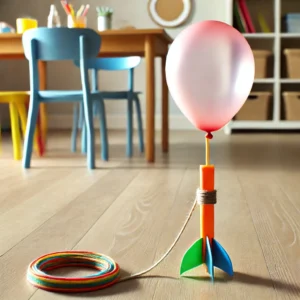
- Objective: Study how air pressure and thrust work by making a balloon rocket.
- Materials: Balloons, string, tape, and straws.
- Procedure: Attach a balloon to a straw on a string and release it. Measure the distance traveled and experiment with different sizes or types of balloons to see what affects speed and distance.
- Focus: Physics, motion, and air pressure.
5. Water Filtration System
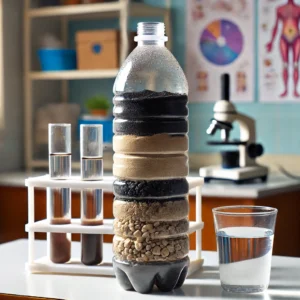
- Objective: Create a DIY water filter and test its ability to clean dirty water.
- Materials: Gravel, sand, charcoal, coffee filters, plastic bottles, and muddy water.
- Procedure: Build a filtration system by layering materials inside a plastic bottle, then pour dirty water through it and compare the results.
- Focus: Environmental science, water conservation, and engineering.
6. Can Plants Grow Without Soil? (Hydroponics)
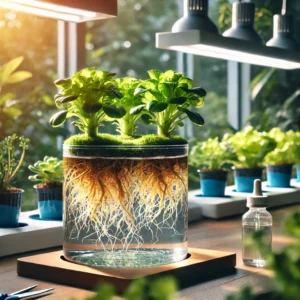
- Objective: Investigate if plants can thrive in a water-based solution instead of soil.
- Materials: Seeds, water, nutrient solution, containers, and a light source.
- Procedure: Set up a hydroponic system and monitor the growth of the plants. Compare their growth rate with those planted in soil.
- Focus: Botany, sustainable agriculture, and plant biology.
7. How Temperature Affects Air Pressure in a Balloon
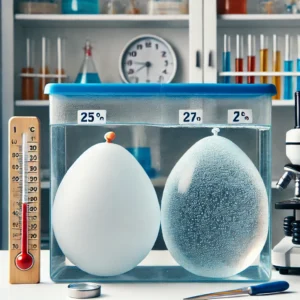
- Objective: Show how changes in temperature impact the air pressure inside a balloon.
- Materials: Balloons, freezer, warm water, and a ruler.
- Procedure: Inflate a balloon and expose it to different temperatures (e.g., place one in the freezer, another in warm water) and measure the changes in size.
- Focus: Physics of gas laws and temperature.
8. The Science of Slime: Testing Different Recipes
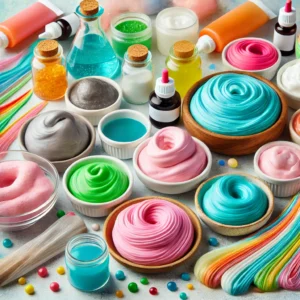
- Objective: Explore which ingredients make the best slime texture and stretchiness.
- Materials: Glue, borax, cornstarch, shaving cream, water, and other slime-making ingredients.
- Procedure: Make various slime recipes by tweaking the ingredient ratios and compare the consistency, stretchability, and bounce of each version.
- Focus: Chemistry of polymers and viscosity.
9. Do Plants Grow Better in Artificial or Natural Light?
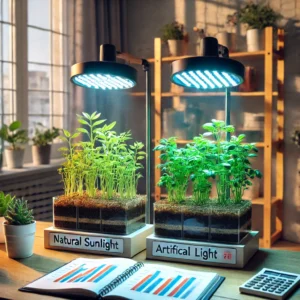
- Objective: Test how different light sources affect plant growth.
- Materials: Plant seeds, soil, natural sunlight, and LED or fluorescent lights.
- Procedure: Grow plants under both natural sunlight and artificial light, tracking growth over time to compare the results.
- Focus: Plant biology, photosynthesis, and light science.
10. Electromagnet Strength
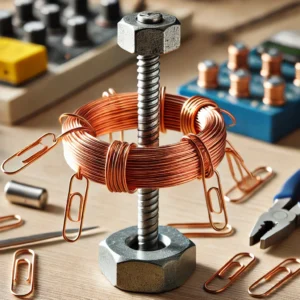
- Objective: Create an electromagnet and test how its strength changes with different variables.
- Materials: Iron nail, copper wire, battery, and paper clips.
- Procedure: Wrap wire around the nail, connect it to a battery, and test how many paper clips the magnet can lift. Experiment with different wire wraps or stronger batteries.
- Focus: Magnetism, electricity, and physics.
Tips for a Successful Science Fair Project:
- Ask a Clear Question: Make sure your experiment begins with a specific and testable hypothesis.
- Keep Good Records: Track your data meticulously with charts, tables, or photos.
- Include Variables: Control your experiments carefully and consider independent, dependent, and controlled variables.
- Make It Visual: Science fairs often emphasize presentation, so use visual aids like posters, graphs, or a display of your results.
Choosing the Right Idea
Pick a topic based on your interests or a problem you’d like to solve. Projects involving environmental impact, everyday materials, or real-world applications tend to stand out and leave a lasting impression.
These projects balance the fun of discovery with the opportunity to learn key scientific concepts, providing a solid foundation for success at the 7th-grade level!
